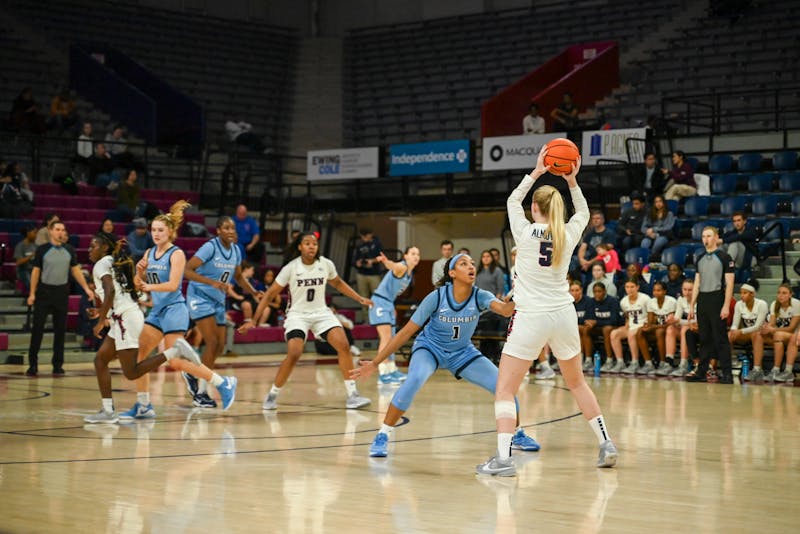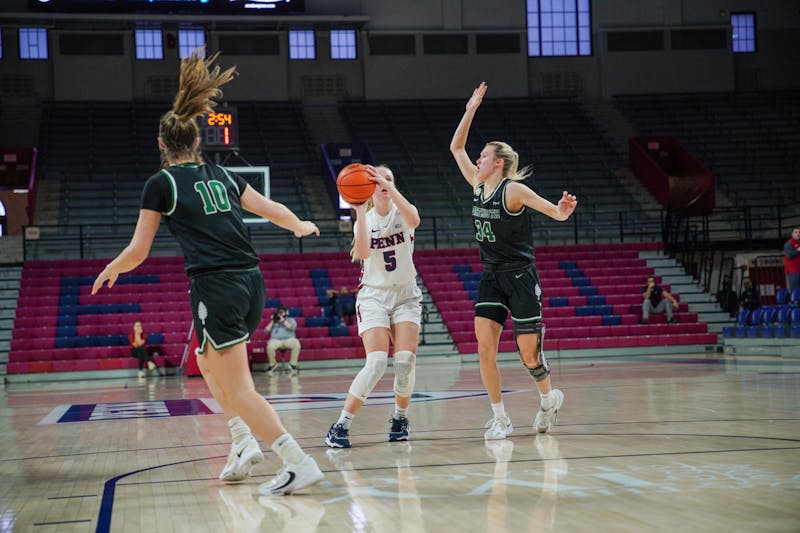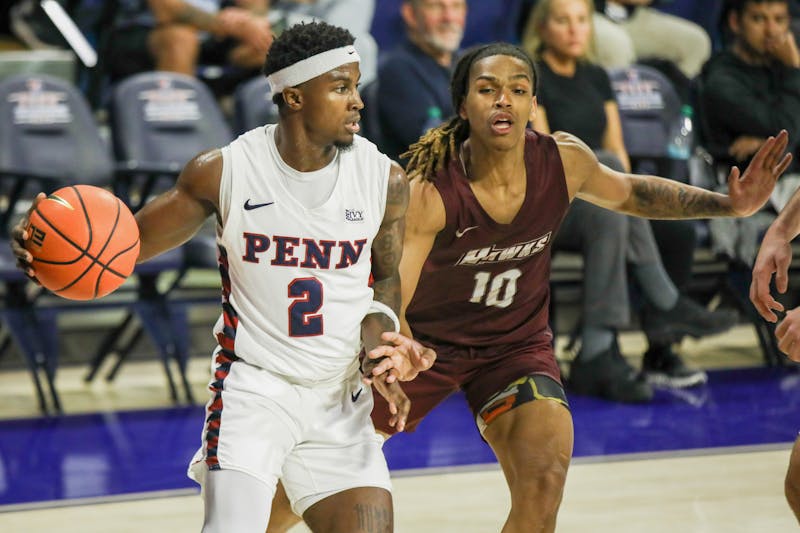
Penn’s Office of Student Affairs outlined a new funding model for undergraduate students.
Credit: Roger GePenn’s Office of Student Affairs — in collaboration with the Undergraduate Assembly and Student Activities Council — has outlined a new funding model for undergraduate student organizations on campus.
According to the OSA website, the new model, titled "Future of Funding," aims to establish an “efficient, transparent, and equitable funding system” with “centralized processes” to “meet diverse community needs.” The proposed system addresses challenges created by Penn’s current funding model, which has more than 15 student-led funding sources that “lack central oversight" and has led to “unclaimed funding despite high demand” from student organizations.
OSA’s goal is for the new funding system to be integrated into University operations beginning in fall 2025.
In November 2023, OSA collected feedback from stakeholders — including student government and 7B group leaders, financial advising staff, Cultural Resource staff, and senior University Life leaders — to evaluate the efficiency of the current funding system.
In response to emerging themes identified by OSA, three working groups of students and staff participants were formed. OSA then reviewed and compiled responses from the working groups to form six guiding recommendations for the new model.
The first guiding recommendation for the Future of Funding initiative is to “collapse funding sources into 1-3 distinct funding pots.”
The goals for reducing the number of funding boards include creating “one point of entry for funding requests,” “reducing opportunities for bias,” "simplifying the process for applying for funding,” and “provid[ing] enhanced administrative support to funding boards.”
The model will also define specific funding periods each semester rather than providing funds on a rolling basis, requiring student organizations to plan what resources they will need to request in advance. The recommendation intends to “encourage greater collaboration among student groups,” as well as support compliance with the University’s financial policies.
Budget codes will also be provided for any group receiving funds from a University resource. This move is meant to “simplify the process” of spending money that comes from different sources across campus. The model also hopes to improve the tracking of student groups’ funds and “create consistent expectations/processes” for undergraduate organizations that rely on Penn funding.
The fourth recommendation — to “create caps on funding” — aims to make funds for larger events more equitable. The system seeks to have “fewer restrictions on funds,” and therefore reduce chances for bias. The model will focus on “specific funding resources for new groups,” which may involve analysis of factors like expense types, fund amounts, and group types.
The proposed model will also integrate technology into the process of applying for and receiving funding.
OSA described the “use of a rubric” to determine which groups are allotted funding as well as to communicate with groups after decisions are made. The rubric would help document funding applications and awards, allowing for “more consistent decision-making” despite board transitions.
The final recommendation is to offer ongoing financial training throughout the year to assist student groups who apply for funding members of funding boards.
When developing the new funding system, OSA focused on incorporating a variety of student voices. Through a process OSA described as “iterative,” the organization participated in brainstorming with student leaders in the UA, hosted “several open feedback meetings” where members of student organizations could reflect on the recommendations proposed by OSA, and created two proposals using “as many elements from those conversations as possible.”
In February 2025, OSA tasked the Funding Guidelines Working Group, which consists of both students and administrators, to propose new guidelines supporting the model, as “it is insufficient to simply apply the current funding guidelines stewarded by the Student Activities Council to an expanded group of student organizations.”
The guidelines are expected to draw on existing precedent from SAC, the UA, the Intercultural Fund, the Sports Club Council, the Performing Arts Council, and various Social Planning and Events Committee subcommittees.
The OSA FGWG is expected to submit a proposal for review by the Executive Director of OSA, the Treasurer of the UA, and the Chair of SAC by March 27.
The Daily Pennsylvanian is an independent, student-run newspaper. Please consider making a donation to support the coverage that shapes the University. Your generosity ensures a future of strong journalism at Penn.
Donate











